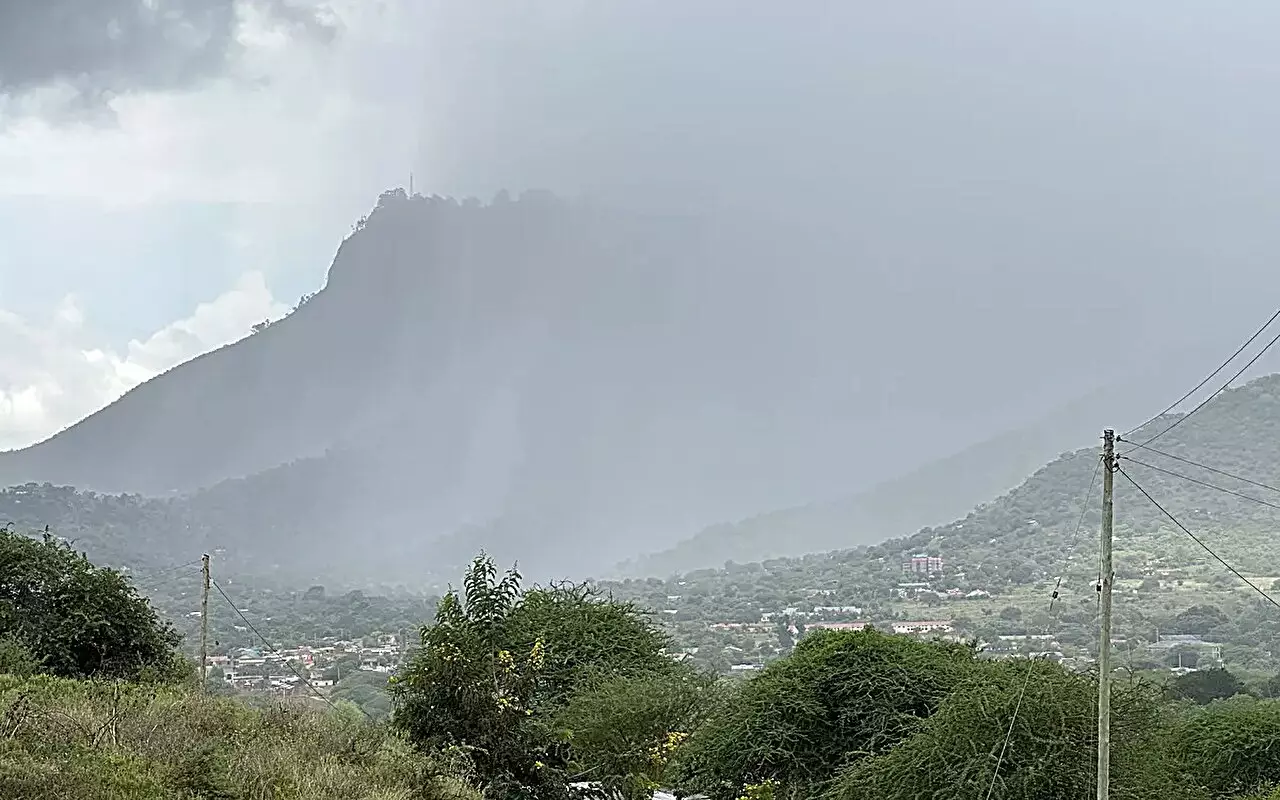In the intricate web of global ecosystems, montane forests in Africa emerge as significant reservoirs of biodiversity and essential water supply sources for millions. However, recent research highlights a looming crisis: over the past two decades, extensive deforestation in these montane environments has had a more profound impact on climate conditions than the broader effects of climate change itself. With alarming consequences for both biodiversity and water resources, understanding this phenomenon is crucial for environmental health and regional stability.
Montane forests, characterized by their cold, wet climates and high altitudes, are often shrouded in clouds and fog. This unique environment allows them to act as ‘water towers’, capturing moisture from the atmosphere. These forests are not only rich in critical plant and animal species but also serve as vital sources of fresh water for populations inhabiting the lowlands. The loss of these forests threatens not only the intricate ecosystems they support but also the livelihoods dependent on the water these forests provide.
Researchers from Finland, Germany, South Africa, and Ethiopia recently uncovered that nearly 18% of Africa’s montane forests have been lost to deforestation in the last twenty years. This rapid loss has led to a notable increase in air temperatures by 1.4°C and a rise in cloud levels by approximately 230 meters, significantly altering the hydrological processes that these forests rely on.
Deforestation, mainly driven by agricultural expansion and logging activities, has emerged as a more significant factor in altering local climate than the overarching trends associated with global climate change. Prof. Dirk Zeuss from the University of Marburg emphasizes that the consequences of this forest loss extend beyond mere temperature increases; it critically affects the ability of these forests to harvest water from clouds. When clouds remain higher due to temperature-induced changes, the mist and fog that typically deposit water on tree canopies fail to reach the ground, diminishing the water supply to the land below.
Prof. Petri Pellikka, director of the Taita Research Station, illustrates how forests enhance water retention in comparison to open terrains. In regions like the Taita Hills, studies have shown that forested mountain tops can receive up to 20% more rainfall, thanks to moisture captured from fog. This means that the continued rise of cloud bases could seal the fate of these natural reservoirs, leading to severe water shortages for lowland communities.
The collaborative research project, which draws on satellite observations and empirical methods to validate findings, reveals disturbing trends not only in the Taita Hills but across various highland regions in Kenya, Ethiopia, and Tanzania. Notably, the devastation is accentuated around prominent African mountains, such as Kilimanjaro, where substantial tree cover has been lost since 1880. Dr. Andreas Hemp’s decades-long research underscores the urgency of addressing this issue, particularly as climate warming is markedly accelerating in these regions.
Moreover, the findings highlight an inverted relationship between elevation and temperature. Generally, higher altitudes experience cooler temperatures, which typically would help to mitigate warming effects. However, when significant portions of tree cover are removed—exceeding 70% within a square kilometer even at these elevations—the cooling benefits are lost. This alarming trend reveals that previously cooler montane areas may also become subject to enhanced warming, further exacerbating ecological degradation.
Experts involved in this research, such as Temesgen Abera, stress the immediate need for action against the detrimental impacts of deforestation in montane forests. Not only does this loss threaten biodiversity—the intricate tapestry of flora and fauna that defines these ecosystems—but it also jeopardizes crucial water resources essential for agricultural productivity and human survival.
This research, part of the ESSA project aimed at fostering climate-smart practices in East African agro-pastoral systems, serves as a clarion call for policymakers, conservationists, and local communities. Sustainable forestry practices must be prioritized, and robust efforts to restore montane forest ecosystems need to be pursued diligently.
The interplay between deforestation and climate change in Africa’s montane forests generates profound consequences that extend far beyond an increase in temperature or a rise in cloud levels. As both biodiversity and water supplies hang in the balance, urgent measures must be taken to protect these vital ecosystems. The fate of millions, particularly in Afica’s lowland communities, depends on innovative solutions that harmonize conservation with responsible land management practices. Only through persistent advocacy and collaborative efforts can we hope to mitigate the dire consequences of deforestation and preserve Africa’s montane forests for future generations.

